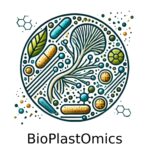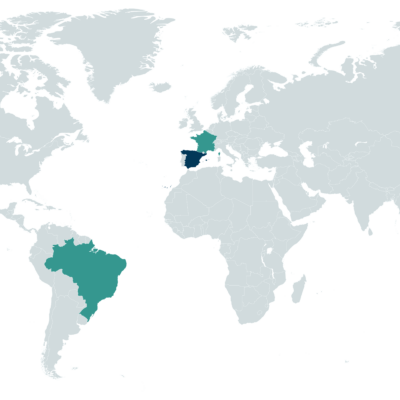
BioPlastOmics
Discovering Brazilian Biodiversity-Driven Plastic Degradation through Omics Analysis
Call
Duration
01/04/2025 – 31/03/2027
Total grant
approx. 550 thsd. €
More information
Alicia Prieto
aliprieto@cib.csic.es
Partners of the project
- Center for Biological Research Margarita Salas (CIB) – Spanish National Research Council (CSIC), Madrid, Spain
- Biotechnology Institute, University of Caxias do Sul, Caxias do Sul, Rio Grande do Sul, Brazil
- Genomic Metabolic Research Unit, Genoscope, François Jacob Institute, CEA, Evry, France

Context
The extensive use of plastics since the middle of the last century and the lack of guidelines for the management of the huge amounts of waste they generate has led to contamination of aquatic and terrestrial ecosystems. Among petroleum-derived plastics, the most used are polymers with C-C bonds like polyethylene (PE) or polystyrene (PS), and polyesters like polyethyleneterephthalate (PET), highly recalcitrant materials that can persist in ecosystems for many years. Biodegradation of these macromolecules is not very effective, and natural decomposition is mostly mediated by abiotic factors, releasing micro and nanoplastics into the environment.
Main objectives
BioPlastOmics aims to explore Brazil’s exceptional biodiversity to address the problem of plastics pollution, with PE, PS and PET as models. Our focus is on discovering new microbial communities active on micro(nano)plastics in contaminated habitats and the enzymatic systems involved in such biodegradation. By utilizing cutting-edge omics techniques, we seek to identify novel microbial strains and enzymes with potential for efficient plastic degradation.
Main activities
The research focuses on developing biotechnological solutions for micro- and nanoplastics degradation through four key approaches:
- Screening microorganisms and enzymes from Brazilian biodiversity for their ability to degrade plastics and accelerate the process;
- Using genomic analysis to identify microbial genes and design bioaugmentation strategies for enhanced degradation;
- Identifying and engineering enzymes to improve their catalytic activity for controlled degradation systems;
Ensuring the environmental safety of treatments by evaluating changes in plastics and potential byproduct risks.

